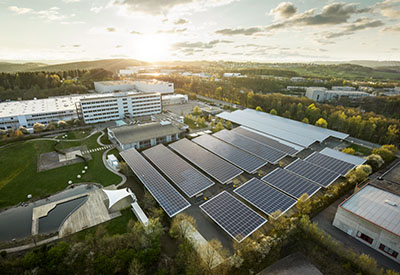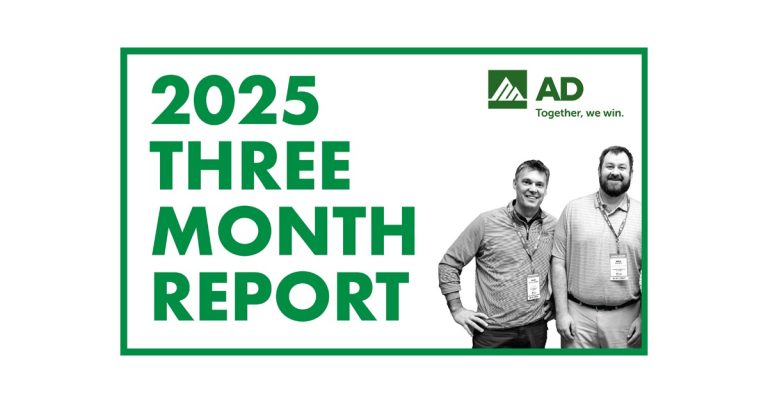Skilled Trades Certification Returning to B.C.

December 9, 2021
After nearly two decades without any official standard, skilled trades certification is coming back to British Columbia.
“I cannot understate the importance of bringing compulsory certification back to B.C.,” said First District International Vice President Thomas Reid. “We’re seeing other jurisdictions in Canada trying to go the opposite direction and B.C.’s failed experiment should be a lesson to all. I couldn’t be happier with the leadership from our business managers on this initiative. It’s a significant victory for all trades workers in the province and I’m proud to see the IBEW leading the way.”
The new certification will apply initially to 10 different trades, including powerline technicians, industrial electricians and construction electricians. Once implemented, those tradespeople will have to either be a certified journeypersons or go through a standard apprenticeship training program in order to work in the province.
“We are pleased that compulsory certification for our skilled trades members in the utility industry is returning to our province,” said Vancouver Local 258 Business Manager Doug McKay. “Our members are professionals in their disciplines and bringing back the compulsory certification is a step in the right direction.”
“The first part of the consultative process is over and we knocked it out of the park,” said Victoria Local 230 Business Manager Phil Venoit, who is also Canada’s representative on the IBEW’s International Executive Council. “We put together concise and focused groups so every time the government had meetings, B.C.’s IBEW members were there. We also put together a social media campaign that included testimonials by our members on the importance of the standard Red Seal training and the new skilled trades certification. This did not go unnoticed by the government.”
The selected trades were based on recommendations from a 16-member stakeholder advisory working group representing industry associations, labour, post-secondary institutions, Indigenous skills trainers and the Industry Training Authority. They were also chosen in part due to their high demand. Venoit says the IBEW was actively involved in the process as it will impact the vast majority of the province’s 13,000 members.
In 2017, B.C.’s New Democratic Party won a minority government and Premier John Horgan recognized the IBEW as having a big impact on his election. In fact, Venoit said, he wanted to meet with IBEW business managers as his first meeting with a union.
“During that meeting, we were clear that a Red Seal in Canada was not synonymous with red tape and we needed regulation re-introduced that covered our collective crafts, as you can’t fix a skilled trades shortage with semi-skilled workers,” said Venoit, who also chairs the IBEW-B.C. Provincial Council.
British Columbia’s previous certification system was canceled in 2003 by the government, making the province the only one without such a qualification for tradespeople. Without this recognized credential, it can be challenging for workers to transition between projects and industries, often resulting in lost wages.
“This change will provide for safer job sites and safer projects for clients and owners; also, less risk and liability for contractors, which should result in lower insurance premiums. It’s going to make IBEW signatory contractors more competitive,” Venoit said. “It also bestows a higher level of respect for our trades, which should result in better wages.”
The certification will be implemented in phases after a public engagement process is complete. Once a trade has been designated for certification, individuals will have at least one year to either register as apprentices or take an exam to certify as a journeyperson, allowing uncertified workers to continue working while accessing any supports they may need.
“Skilled tradespeople are building B.C., especially with the largest infrastructure investment in our province’s history already underway,” Horgan said during a press conference in June announcing the new standard. “This is a made-in-B.C. solution to ensure confidence that a highly skilled workforce is behind our recovery while providing good, family-supporting jobs that tradespeople can count on. By working together, we’re ensuring B.C. comes out of the pandemic stronger, with a recovery that reaches people across the province.”
The new standard also needs to go through a legislative process, which Venoit says is all but certain to pass, thanks in part to the influence of the IBEW.
“It’s not a matter of if it passes, but when,” Venoit said. “Too many IBEW members have made a strong case. It’s going to happen.”
















